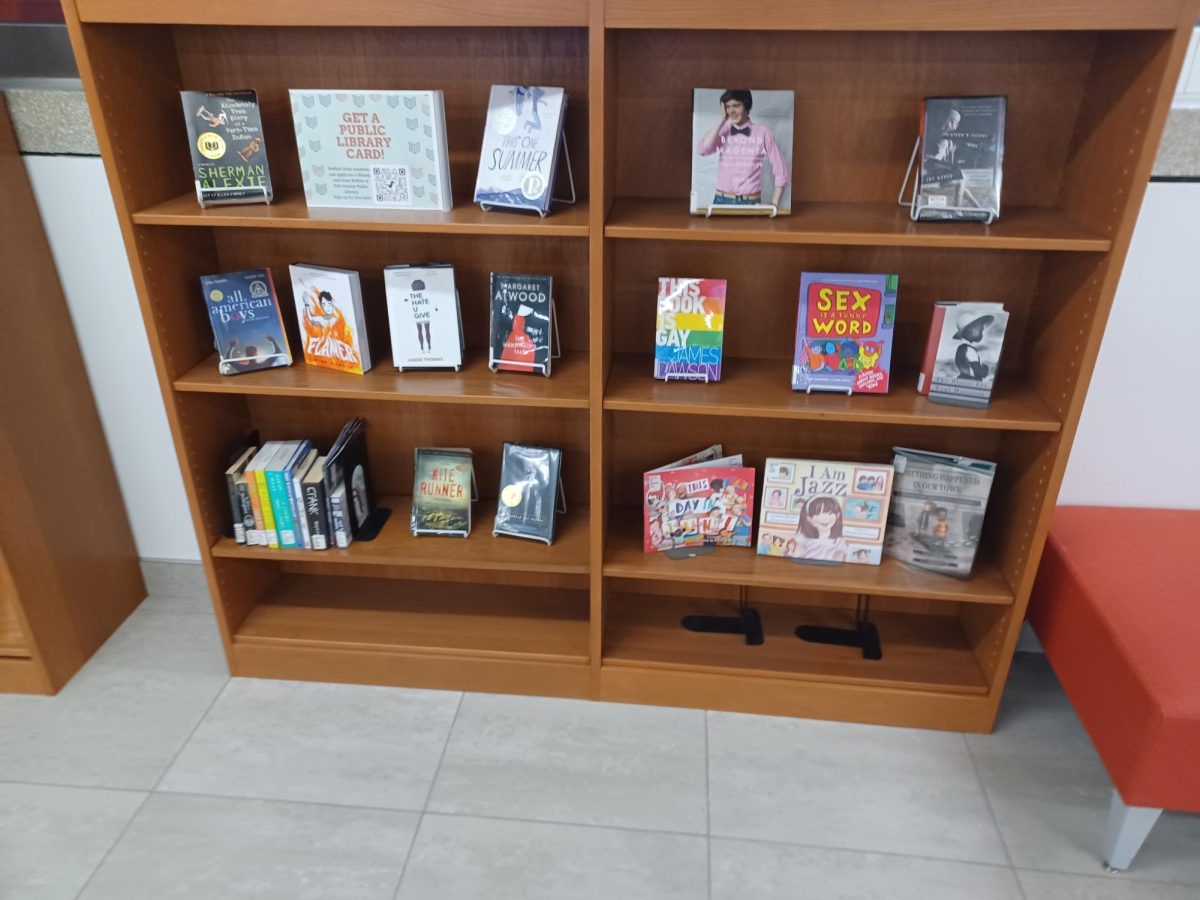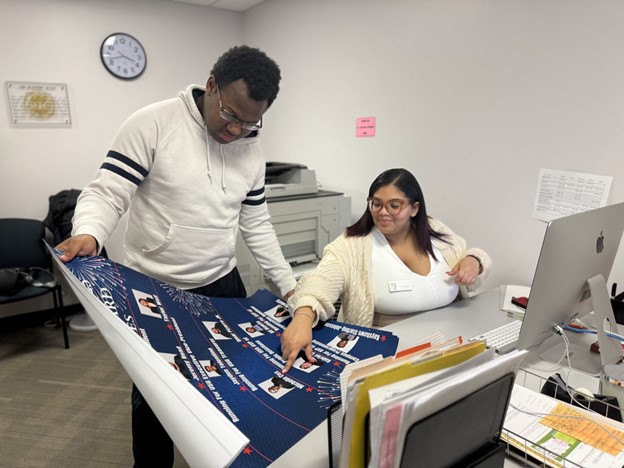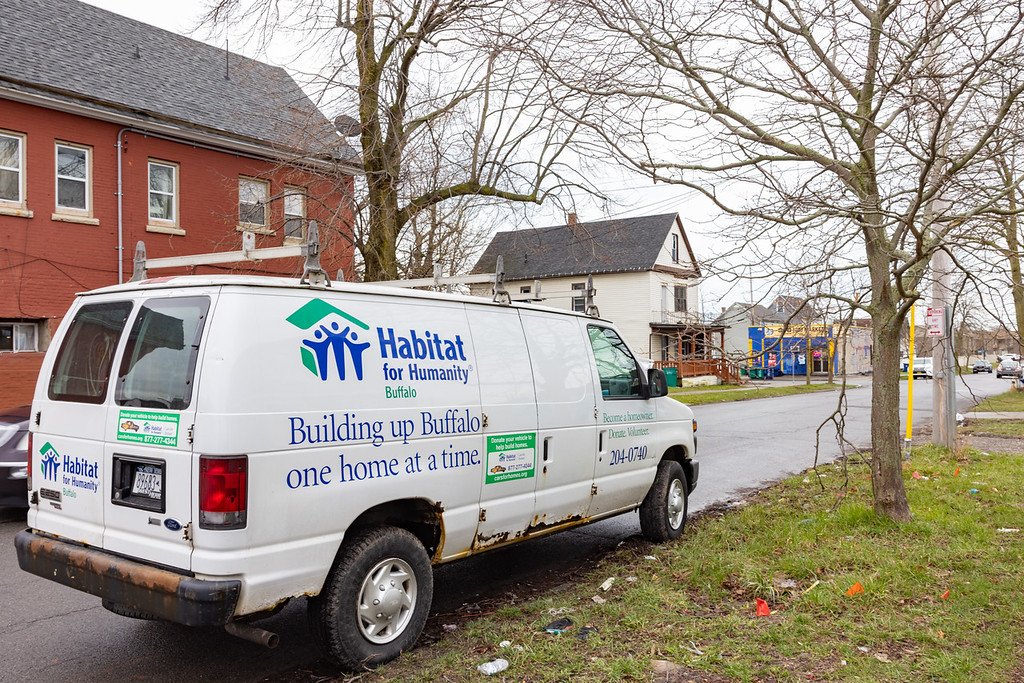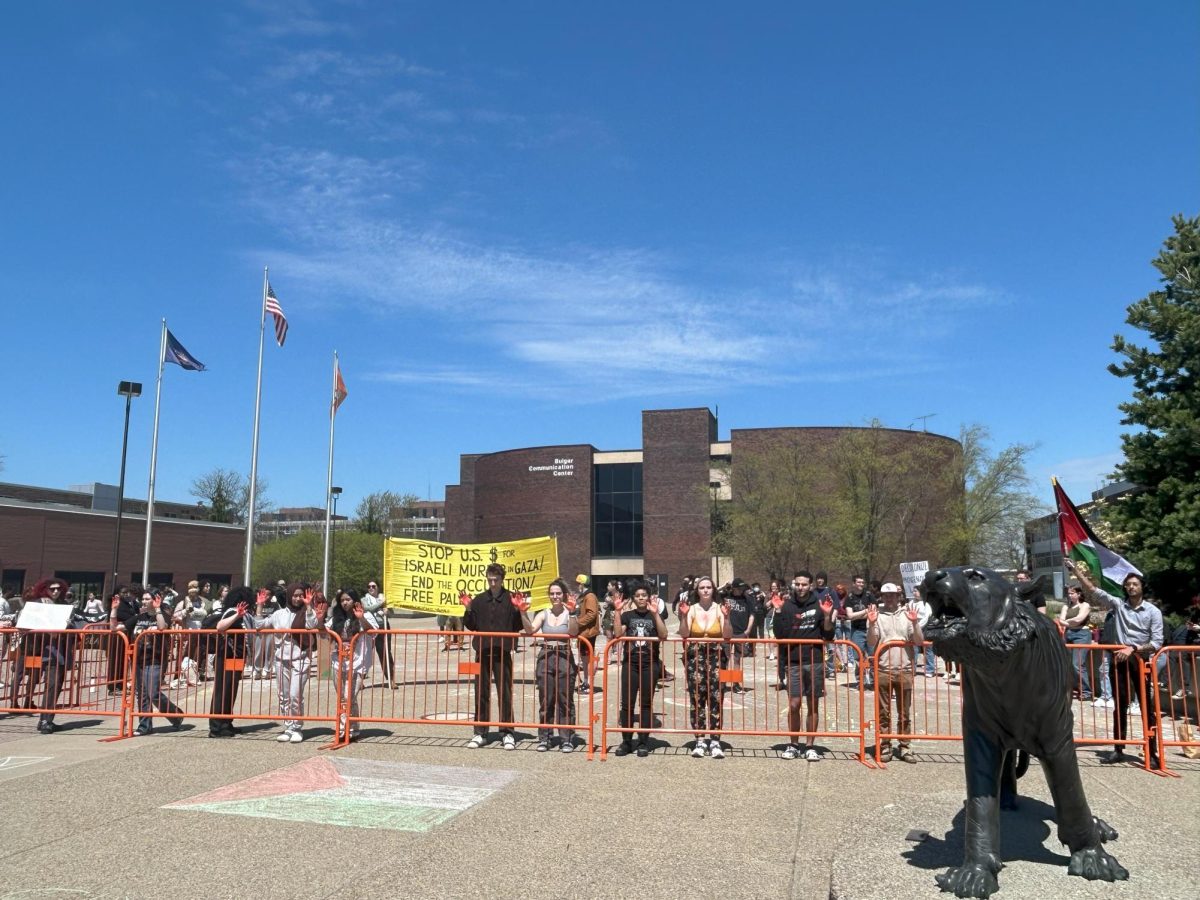Diversity, Equity, and Inclusion (DEI) is truly an incredible field that facilities the bridging of people and supports the mission to develop a community of respect, of collaboration, and of understanding. At the end of the day, human dignity stems from understanding each other. Associate Dean Mike Heflin offers insight about DEI programming and combats some misconceptions related to the field of DEI.
This is part 2 of a 3-part series. The interview was edited to increase clarity and brevity.
3) What additional programming is available for students to explore the world of Diversity, Equity, and Inclusion? How are identities such as race/ethnicity, national origin/citizenship, gender and gender identity, sexual orientation, disability/ability, and socioeconomic status represented via DE&I programming?
We do culture month celebrations, and Heritage month programming. And I’ll tell you, being in DEI, you’re going to always find that you don’t hit them all because there’s so many celebrations that you have. Our goal is to be inclusive in terms of what we’re celebrating. We’re going to do a program for black history month. But, what about pride alliance? What about women’s history? Or Latino heritage? What about the Day of the Dead? So, there’s a lot of things that we touch based on those big umbrella things.
Buffalo State has a number of affinity groups centered around the DEI, we have a plethora of things that surround it. So, when you think of what is out there for gender and sexual identity: we have the National Coming Out day. We do a week of program centered around LBGTQ issues, or concern. This is to ensure their identity is recognized on campus. It goes beyond just programming; our institution allows our students to use their hosen name, not just their pronouns: they can change their name in our system so that when they go to their professors’ class, they identify them as who they are opposed to what they what they traditionally see what’s on a birth certificate.
I think we should be conscious when we talk about our identities like race, ethnicity, national origin, and citizenship. We look at the international student population that we have: we, at one point, had Northland, an international student residence hall. We have a gender inclusive housing floor in North wing.
What would be normative for some people, and that’s where it’s allowing you to express your true identity. I mean, we have students that are in transition but have not transitioned: to be able to walk to a campus and appear to be a man that’s transitioning and dressed in clothing that makes them feel comfortable, not necessarily with society and being open to that. If some like to have that individuality and to express your individuality outside of saying ‘this doesn’t fit under a specific umbrella,’ you have the freedom to know that. And you’re not going to be judged by it.
4) Misconceptions tend to exist in regard to Diversity, Equity, and Inclusion. What are a couple of things you wished those unfamiliar with DE&I knew or understood?
Misconceptions are going to happen, but how do we educate the population? Understanding that there’s a difference between equity and equality. What is the difference? Do people even know that? How are we educating our communities to understand the difference?
If we can teach individuals through our communication, whether it be on our websites, or through some of our training, whether it be some of our passive programming like when you walk into the quad, and you see lawn signs that ask if you know the difference between equity and equitable and then have it there, this could be a passive program that might tear down some of the misconceptions. It’s not a zero-sum game; when you’re in a college environment, I think it gives you an opportunity to really see true diversity and what it really looks like, what it stands for. But just understand that everyone benefits. And I think there’s a misconception that it’s only for people with disabilities, only people of color: the reality is everyone benefits from it. Diversity and an inclusive environment breeds creativity. It creates innovation of thought. It helps the overall success of the institution.
Think about when you’re going to get a job. If you’re going into a globalized company, they might not be all speaking English. They may not come off from Buffalo per se. Really, the college environment is more like one of those globalized markets because we’re having individuals come from all over the world.
One thing that is misconstrued is unconscious bias. And it’s really about understanding that it affects everyone. When you’re doing something unconscious and you don’t really know it, nobody’s immune to biases. Anyone can be biased. Some say the African American people can’t be biased. That’s not true. So, when you look at it from a totality perspective, there’s a lot of things that we can say.
And the biggest thing I want to say is that the work is never done. Some may think the efforts to promote diversity and inclusion are at the expense of something else, but it’s not: it enhances us. It gives us an opportunity to grow from the collective community.
Diversity, inclusion, and equity: these things are very difficult. They breed difficult conversations. When you say differences, we need to understand that’s going to enhance our community when we understand what that difference is. Between you and I, we hold differences. It’s not just the differences in skin color. There’s a difference in our values, beliefs, our traditions, our upbringings, things that we hold dear to. And when we have communications centered around that I think it really helps you know when we start really looking at cultural competence and humility. When you get into that in intersectionality, what does that look like? People’s identities, and this is manifested as they grow to be who they are. Some people grew into who they became, and we must give them space when we talk about what that’s encompassing. Race, gender, sexual orientation, socioeconomic status, disabilities: understanding the overlapping of these things. I’ll use myself as an example. If someone looks at me and I put this suit on, they see a black man in the suit. If they see me at midnight in a hoodie, they won’t think I’m Mike Heflin, the educated guy who works in DEI; they may think of me as somebody else. The intersection of who we are as our individual selves, how we connect to our communities: our community of color, and our wider community, and what that means to us and being a member of those communities. We must create safe spaces where people and I call them safe spaces where we can allow people to be brave, and to be compassionate with your inner thoughts.








